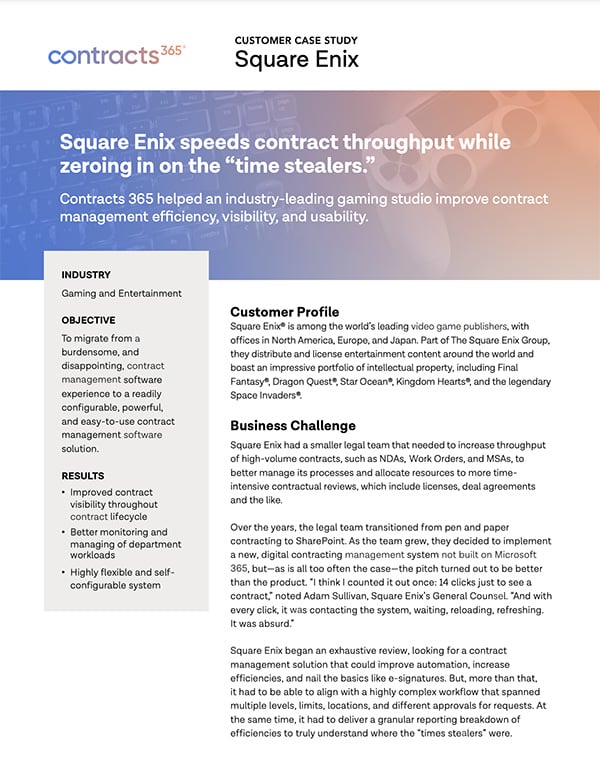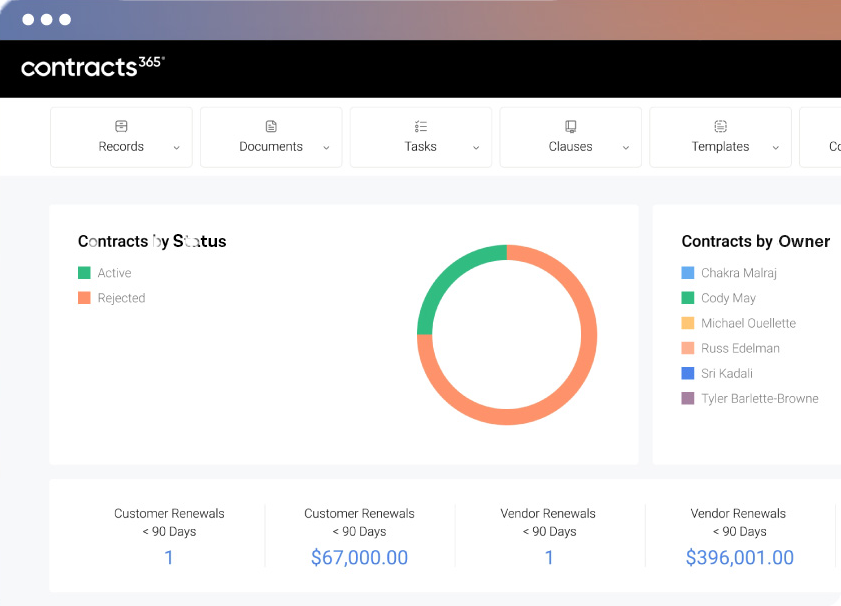In the modern world, signatures serve as indispensable tools for authentication and legally binding agreements. As technology continues to advance, traditional wet (ink) signatures have evolved into digital signatures and electronic signatures, offering efficiency, security, and convenience in various applications. By clarifying the distinctions between these signature types, you will be better equipped to choose the most suitable signature method for your specific needs.
Three Types of Signatures: Wet, Electronic, and Digital
In simple terms, the definition of each is:
- Wet Signature: A wet signature refers to the traditional method of signing documents with ink on paper, often involving the physical presence of the signer.
- Electronic Signature: An electronic signature refers to any electronic process that signifies agreement or acceptance, capturing the intent of the signer.
- Digital Signature: A digital signature is an electronic signature that uses cryptographic techniques to ensure the integrity, authenticity, and non-repudiation of digital documents.
What are Wet Signatures and How Do They Work?
Wet signatures involve physically signing a document with ink on paper, providing a tangible and personal mark of authentication.
When using a wet signature, the signer manually writes their signature on the document using a pen or similar writing instrument.
Wet signatures are commonly required in various legal and official documents, such as contracts, agreements, deeds, and wills. Wet signatures have a long history of legal recognition and are generally accepted in most jurisdictions worldwide. However, some countries may require additional formalities, such as notarization or witness signatures, to enhance their validity. For example, over 60 nations have implemented regulations and standards for electronic signatures and digital transactions. It is important to check electronic signature laws by country to ensure global compliance.
Pros and Cons of Wet Signatures
Pros
- Traditional and Widely Understood Method: Wet signatures offer a sense of continuity by following a time-honored practice. This familiarity fosters a feeling of legitimacy, especially in situations where modern digital methods might seem unfamiliar.
- Tangible and Visible Proof: Beyond being a mere signature, the physical act of signing a document creates a distinct mark that is irrefutable evidence of a person's intent. This visual record can be crucial in legal disputes and adds a layer of authenticity that digital signatures might lack.
- No Technical Barriers for Signers: Wet signatures eliminate the need for technological proficiency. Anyone who can write their name can participate in the signing process, making it inclusive and accessible to individuals who might not be comfortable with digital tools.
Cons
- Time-Consuming, Especially for Remote Parties: Acquiring wet signatures can be particularly time-consuming, especially when signers are located remotely. The delays caused by mailing documents back and forth can impede the progress of time-sensitive transactions or agreements.
- Costly Due to Printing, Scanning, and Shipping Requirements: Wet signatures entail various costs, including printing the document, scanning it after signing, and potentially mailing it to other parties. These expenses can accumulate, particularly when dealing with numerous documents or distant signers.
- Not Environmentally Friendly, as it Involves Paper Consumption: The paper used for printing documents and the resources expended in their physical distribution contribute to deforestation and waste. This environmentally detrimental aspect runs counter to sustainability efforts in a world focused on reducing ecological footprints.
- Lack of Geographical Flexibility: Wet signatures are geographically constrained, requiring physical presence or mail-based exchanges. This limitation hampers the efficiency and convenience of international collaborations, where instantaneous digital signing would be more feasible.
- Risk of Forgery: Wet signatures can be forged or tampered with, presenting a security risk. The absence of encryption and advanced authentication mechanisms makes them more susceptible to fraudulent activities compared to digital signature methods.

What are Electronic Signatures and How Do They Work?
Unlike digital signatures, which involve cryptographic techniques, electronic signatures are a more generic term that includes various methods of capturing a signer's intent electronically. Many countries and jurisdictions legally recognize electronic signatures as valid and enforceable for a wide range of documents and transactions. Electronic signature platforms often incorporate various security features, such as timestamps and audit trails to verify the authenticity and integrity of the electronic signatures. In addition, encryption and secure communication also protect electronic signature transactions from unauthorized access.
What are the Types of Electronic Signatures? Electronic signatures can take various forms, such as:
-
Click-to-sign: (also known as clickwrap): Users click a button or checkbox to signify acceptance.
-
Typed name: Users type their name into a signature field.
- Biometric signatures: Capture handwritten signatures using devices like tablets or smartphones.
Benefits and Limitations of Electronic Signatures
Pros
- Easy to use: Electronic signatures offer a user-friendly signing process, often requiring simple actions like clicking a button or drawing a signature on a touch screen. This reduces the learning curve and ensures a seamless experience for signers of all technical levels.
- Cost-effective: Adopting electronic signatures can significantly reduce expenses associated with paper-based documentation. This includes costs related to printing, postage, storage, and manual processing.
- Time-efficient: Signers can execute documents quickly, even remotely. There's no need for physical mailing or in-person meetings, which can result in delays. This speed is particularly advantageous for time-sensitive agreements and international collaborations.
- Versatile: Suitable for various document types, from contracts to consent forms and everything in between. Whether it's a business agreement, a medical release, or a tax form, electronic signatures can accommodate a wide range of legal documents.
Cons
- Security concerns: While electronic signatures offer convenience, vulnerabilities in electronic signature platforms could compromise the authenticity of signatures. Issues like identity theft, unauthorized access, and phishing attacks could potentially undermine the integrity of electronically signed documents.
- Resistance in certain industries: Despite the advantages, some sectors might still prefer wet signatures for certain types of agreements. Industries that prioritize traditional practices or involve highly sensitive transactions, such as real estate or legal services, may hesitate to fully embrace electronic signatures due to concerns about authenticity and security.
How to Create and Sign an Electronic Signature:
Creating or signing a document with an electronic signature is not complicated. However, the use of software such as Adobe or DocuSign can simplify this process. Although they offer less robust features and security, there are also free software options available.
- Creating an Electronic Signature in Word
- Creating an Electronic Signature in PDF
- How to Sign an Electronic Signature on an iPhone
What are Digital Signatures and How Do They Work?
Digital signatures are a specific subset of electronic signatures that utilize cryptographic techniques to ensure the authenticity and integrity of digital documents. Digital signatures are legally recognized in many countries and comply with various regulations, such as the eIDAS regulation in the European Union and the ESIGN Act in the United States. They are widely accepted in sectors like finance, healthcare, and government for secure document signing.
A digital signature involves the use of:
- Private key: Unique to the signer and kept secure.
- Public key: Shared publicly for verifying the signature.
- Hash function: Creates a unique fingerprint of the document.
- Encryption algorithm: Ensures data integrity and authenticity.
Advantages and Disadvantages of Digital Signatures
Pros
-
Enhanced security: Digital signatures are tamper-proof and resistant to unauthorized alterations.
-
Global accessibility: Digital signatures facilitate remote collaboration and can be applied to documents from anywhere in the world.
-
Timesaving: The digital signing process is swift and efficient.
-
Environmentally friendly: Eliminates the need for paper and printing.
Cons
- Technical infrastructure required: Signers need digital certificates and appropriate software for signing.
- Learning curve: Implementing digital signatures may require training for users.
- Initial setup cost: Establishing the necessary infrastructure can be an investment
Download the Square Enix Case Study
Learn More
Comparison of Wet, Digital, and Electronic Signatures
Security and Fraud Prevention
- Wet signatures rely on the personal uniqueness of a physical signature, making forgery difficult.
- Digital signatures use cryptographic techniques to provide high-level security, making them tamper-proof and reducing the risk of fraud.
- Electronic signatures may vary in security depending on the method used; however, reputable platforms implement security measures for authenticity.
Legal Validity and Enforceability
- Wet signatures are legally recognized in most jurisdictions, but requirements for witnessing or notarization can vary.
- Digital signatures have a strong legal footing and are widely accepted in many industries.
- Electronic signatures are legally recognized in numerous countries, making them valid and enforceable for various transactions.
User Experience and Convenience
- Wet signatures may involve physical proximity and are not suitable for remote collaboration.
- Digital signatures offer a seamless and quick signing process from any location with an internet connection.
- Electronic signatures offer convenience and speed, allowing signers to execute documents with a few clicks or taps.
Cost-Effectiveness and Environmental Impact
- Wet signatures can incur costs related to printing, paper, and transportation, and have a greater environmental impact.
- Digital signatures reduce paper consumption and offer long-term cost savings.
- Electronic signatures significantly reduce paper usage and contribute to environmental conservation.
Application in Various Scenarios (e.g., contracts, forms, agreements)
- Wet signatures are often used for legal agreements, deeds, and other documents that require personal presence.
- Digital signatures are commonly employed in various industries for secure and efficient document signing.
- Electronic signatures are versatile and suitable for a wide range of documents, including contracts, consent forms, and HR paperwork.
Best Practices for Implementing Wet, Electronic and Digital Signatures
There are several factors to consider when selecting a signature method.
- Ensure Compliance with Relevant Laws and Standards: It is important to ensure that the chosen method complies with relevant laws and regulations. Different industries may have specific regulations and standards for signature methods, such as healthcare's HIPAA and finance's PCI DSS. The chosen signature method should meet the specific requirements of the industry.
- Adopt Secure Technologies and Platforms: Choose reputable and secure signature platforms with built-in encryption and authentication mechanisms. Keep software and systems up to date with security patches and upgrades. Furthermore, when choosing between different signature methods, assess the sensitivity of the documents and the level of security needed. In some cases, combining different signature methods can enhance security. For instance, a contract might require a digital signature for authentication and an electronic signature for quick completion.
- Integrate with Existing Systems and Workflows: Implementing signature solutions seamlessly into existing workflows improves efficiency and user adoption. Choose platforms or software that easily integrates with the organization's document management systems, such as Microsoft 365.
- Educate Users on Proper Signature Practices: Educate employees and clients about the importance of secure signature practices. Train users on how to recognize phishing attempts or fraudulent signature requests.
- Maintain Proper Records and Documentation: Keep detailed records of signed documents, including timestamps and audit trails. Store signed documents securely to ensure their integrity and accessibility.
The adoption of robust contract management software can support many of these best practices by streamlining the signature process, integrating with your existing productivity platform such as Microsoft 365, and leveraging best-of-class security protocols.
Future of Signatures: Innovations and Trends
There are several technological innovations that will impact the future of signatures.
Artificial Intelligence: First, advancements in artificial intelligence and machine learning may enable more sophisticated signature verification techniques. Furthermore, the integration of signatures with emerging technologies, such as the Internet of Things (IoT), could also offer new possibilities.
Blockchain and Decentralized Signatures: Blockchain technology holds the potential to revolutionize signatures by providing a decentralized, immutable, and transparent system for authentication.
Biometric Signatures and Authentication Methods: Biometric signatures, such as fingerprint or facial recognition, offer a highly secure and unique method of authentication. Biometrics may become more prevalent in various industries as technology advances.
When choosing a signature method, organizations should consider factors like security requirements, user convenience, compliance, and industry-specific regulations. Integrating signature solutions into existing workflows and combining signature methods for enhanced security are valuable practices. As technology continues to evolve, innovations like blockchain and biometric signatures are poised to shape the future of signatures. It is crucial for individuals and businesses to adapt to these emerging trends to ensure secure and efficient authentication processes.
Contracts 365 –the Leading Contract Management Software for Microsoft 365 Customers
The adoption of such contract lifecycle management systems as Contracts 365, the leading contract management software for Microsoft customers, supports many of these best practices and factors by streamlining the signature process, integrating with your existing productivity platform such as Microsoft 365, and leveraging best-of-class security protocols. If you are ready to make your processes as efficient as they can be, let us show you a demo of how this could work for your organization.
Subscribe and receive our latest blog articles in your work email.
We value your privacy. By subscribing, you agree to receive our newsletter. We’ll protect your personal data and use your email only for sending useful information. You can unsubscribe anytime. For details on data handling, please see our privacy policy.
Ready to Learn More?
Optimize your team’s contract lifecycle management with Contracts 365®
